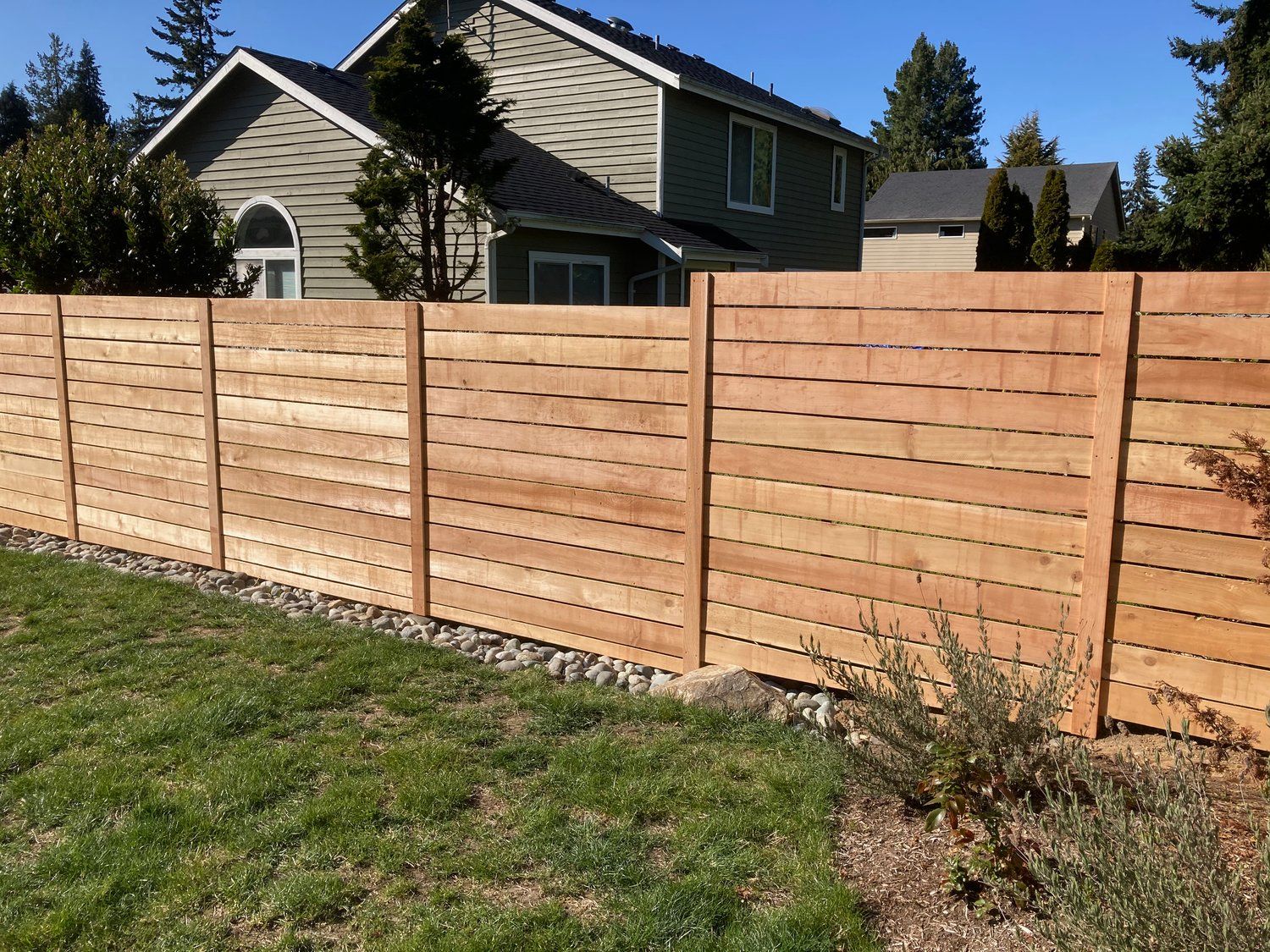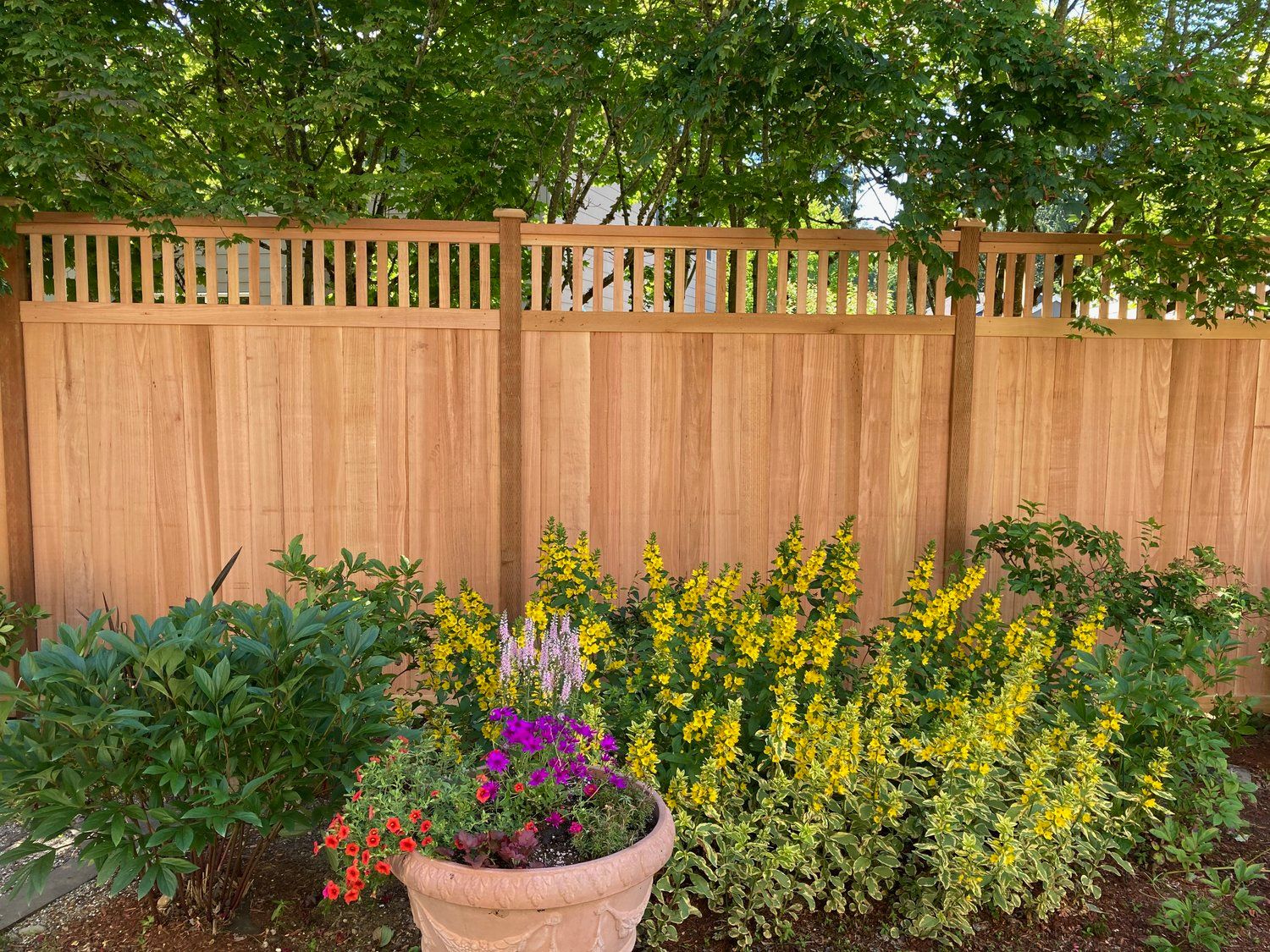Dealing with a neighbor’s fence can lead to complex disputes about boundaries, upkeep, and legalities. This guide cuts through the confusion, providing clear answers on your rights, how to approach conflicts amicably, and ensuring your fencing decisions comply with laws. Avoid the headaches of common fence woes as you read on.
Key Takeaways
- Know your local fencing laws, such as height restrictions and placement, and share maintenance duties for boundary fences to avoid disputes and remain on good terms with your neighbors.
- Effective communication is key; discuss new fence installations with neighbors and engage in respectful dialogue to address any fencing concerns, potentially using a mediator for disputes.
- Legal avenues exist for unresolved fence disputes, which include professional assessment, potential court actions, and awareness of adverse possession risks to protect property rights.
Understanding Your Rights and Responsibilities
Local Fencing Laws
Navigating the legal landscape of fencing can be tricky, but understanding your rights and responsibilities is the first step to avoiding disputes. Local zoning ordinances in Washington State typically govern fence height, style, and materials. For residential areas, fences should generally be no more than six feet high, with some allowances for additional decorative elements. Knowing these regulations helps ensure that your fence meets local standards and avoids potential fines.
Determining Your Property Line and Compliance
Accurate determination of your property line is a prerequisite before considering any fence installation. This means placing your fence at least two feet within the line for non-boundary fences to comply with local regulations.
Respecting your neighbor’s property is crucial when determining property lines to avoid disputes and ensure compliance with local regulations. Misplaced fences can lead to costly disputes, so double-checking property lines with a professional surveyor is a wise investment.
Understanding Easements and Rights of Way (H3)
When confirming your property lines, also consider any easements or rights of way that may exist on your property. Easements allow others to use a portion of your property for specific purposes, such as utility maintenance or access roads. Installing a fence within an easement without proper permissions can lead to legal complications and require the fence to be moved or removed entirely.
Once your fence is up, fence maintenance becomes a shared responsibility if it lies on the property line. Regular painting, repairs, and treatments are necessary to prevent decay and keep the fence looking good. Neglecting these duties could lead to legal issues and even lawsuits by homeowners’ associations.
Adverse possession is another concept to be aware of. In Washington State, if your neighbor uses a portion of your property continuously for ten years, they could potentially claim ownership. Protecting your property rights requires vigilant monitoring of fence placements and maintaining clear property boundaries.
Communicating with Neighbors About Fencing Concerns

Horizontal wood boundary fence with gravel at the base to keep pets in, allow drainage, and prevent rot.
Addressing Encroachment Issues
Good communication with your neighbors becomes paramount when it comes to fences. Engaging in polite and respectful dialogue can prevent many disputes before they start. If you discover a fence encroaching on your property, addressing the issue calmly and directly with your neighbor is the best approach. Open dialogue fosters understanding and can lead to mutually beneficial solutions.
Planning a New Fence Installation?
Consulting with your neighbors about the design, purpose, and adherence to neighborhood aesthetics and homeowners’ association (HOA) requirements can prove beneficial. This not only shows respect but also helps ensure that the new fence meets the approval of all parties involved, reducing the likelihood of future disputes.
If disputes over existing fences do arise, consider involving a neutral third party, like a mediator or a representative from your HOA. This can help facilitate a fair resolution that satisfies both sides. Remember, addressing issues early and with empathy can turn potential conflicts into opportunities for building stronger neighborly relationships.
The Ins and Outs of Shared Fences
Defining ‘Use’ and Shared Costs
Shared fences, or boundary fences, come with their own set of responsibilities and challenges. Generally, property owners are responsible for the maintenance of any fence they use, and costs are often shared with the neighbor. This means if both you and your neighbor use the partition fence, you’re likely both responsible for its upkeep.
Handling Negligence and Legal Actions
It’s important to understand the context of ‘use’ in terms of boundary fences. If a neighbor uses the boundary fence that you built on the property line, they are required to pay half the value of the fence, or less if special materials are involved that they did not request. Clear agreements on these responsibilities can prevent misunderstandings and disputes.
If one party fails to fulfill their obligations, legal action may be necessary. In Washington State, local laws, including fence laws, dictate that costs and responsibilities for shared fences must be agreed upon by neighbors, with the risk of legal action if one party does not meet their responsibilities.
Additionally, if a neighbor’s tree impacts a shared fence on your neighbor’s property, you have the right to trim encroaching branches but could be held liable for any damages, according to tree trimming rules.
Installing a New Fence Near Your Neighbor
Compliance with Height and Placement Regulations
Installing a new fence near your neighbor’s property requires careful planning and adherence to local regulations. In the Pacific Northwest, fences are generally allowed to be six feet in height, with an additional two feet for ornamental decoration. Ensuring your fence meets these standards is the first step to compliance.
Safety Requirements for Pools and Spas
Another imperative aspect to consider is the placement. A new fence should be placed within your property line, typically 2 to 8 inches away, to avoid encroachment on an existing fence. Before you start digging, double-check your property lines to prevent any disputes with your neighbor. Accurate placement not only keeps you within the law but also shows respect for your neighbor’s property rights.
If your property includes a pool or spa, Washington State law mandates you to install a fence that is at least 48 inches high with a self-closing and self-latching gate for safety. This safety measure is in place to prevent accidents and ensure compliance with the law. These regulations are designed to prevent accidents and protect children and pets.
When contemplating building a new fence, notifying your neighbors in writing about your intentions is of utmost importance. This will help to maintain good communication and avoid any potential conflicts. This not only complies with legal requirements but also fosters good relationships. Consider placing the new fence right against the existing one or leaving enough space for maintenance activities like mowing.
Legal Recourse for Fence Disputes
Despite your best efforts, sometimes fence disputes can escalate. When this happens, seeking professional help is often the best course of action. Residents may call upon a ‘fence viewer’ to assess disputed fences in terms of necessary repairs or cost reasonableness. This can provide an impartial viewpoint and help resolve conflicts amicably.
Steps to Resolve Fence Encroachment
In case a neighbor’s fence encroaches upon your land, here are the steps you can take to resolve the issue:
- Initiate with a professional survey to ascertain the property lines.
- Proceed with attempts for a peaceful resolution with your neighbor.
- If these efforts fail, legal proceedings such as court-ordered injunctions may be necessary.
- These can compel the offending party to remove or alter the encroaching fence.
Compensation Rights for Property Owners
As a property owner, you may also pursue compensation for decreased property value due to actions like unauthorized tree removal or property damage. Understanding your rights in these situations can help you seek justice and fair compensation.
Understanding Adverse Possession Claims
Adverse possession claims are another legal avenue. If one party has exclusively used a disputed area for a decade, they could potentially gain ownership of that land. Being aware of this possibility can help you take timely action to protect your property rights.
Enhancing Curb Appeal Through Cooperative Fencing
Choosing Neighbor-Friendly Designs
The curb appeal of both properties involved can be significantly enhanced through cooperative fencing efforts. Good fences, also known as neighbor-friendly and ‘good neighbor’ fences, are designed to look the same from both sides, ensuring a consistent and attractive appearance. This approach not only beautifies your property but also promotes positive neighborly relations, especially when it comes to your neighbor’s fence.
Selecting Complementary Materials
A key etiquette point in fence installation is placing the aesthetically pleasing ‘good side’ facing outward towards the neighbor or street. This simple gesture can make a big difference in how your property is perceived and appreciated by others, and it helps avoid the negative connotation associated with spite fences, such as a spite fence.
Choosing fence materials that complement the design elements of your neighborhood can further enhance curb appeal. By selecting materials and styles that blend seamlessly with the surrounding homes, you contribute to the overall harmony and attractiveness of your community.
Summary
Understanding your rights and responsibilities, communicating effectively, and working cooperatively with your neighbors are key to resolving fence disputes and enhancing your property’s curb appeal. By staying informed about local laws, engaging in open dialogue, and considering the aesthetic impact of your fencing choices, you can turn potential conflicts into opportunities for building stronger, more harmonious relationships.
A well-maintained and thoughtfully designed fence not only defines your property but also adds value and beauty to your home. Embrace the opportunity to work with your neighbors, and you’ll find that good fences truly do make good neighbors.
Frequently Asked Questions
How can I determine my property, or boundary line accurately?
The best way to accurately determine each property line before installing a fence is to hire a professional surveyor. This ensures precise and reliable results.
What should I do if my neighbor’s tree is impacting my fence?
You can trim the branches of your neighbor’s tree that are encroaching on your property, but be cautious not to cause harm to the tree, as you may be responsible for any damages.
How do I handle disputes over shared fence maintenance costs?
Try to have an open conversation with your neighbor about the responsibilities and costs of fence maintenance. If needed, consider mediation or legal action to resolve any unresolved obligations.
What are the legal height restrictions for fences?
In the Pacific Northwest, residential fences are usually allowed to be six feet high, with up to two extra feet for decorative elements. Make sure to check local regulations for specific restrictions.
How should I initiate communication with a neighbor about building a new fence?
You should inform your neighbor in writing about your intent to build a new fence, discussing design, purpose, and compliance with local regulations. This ensures clarity and mutual agreement before proceeding with the project.




